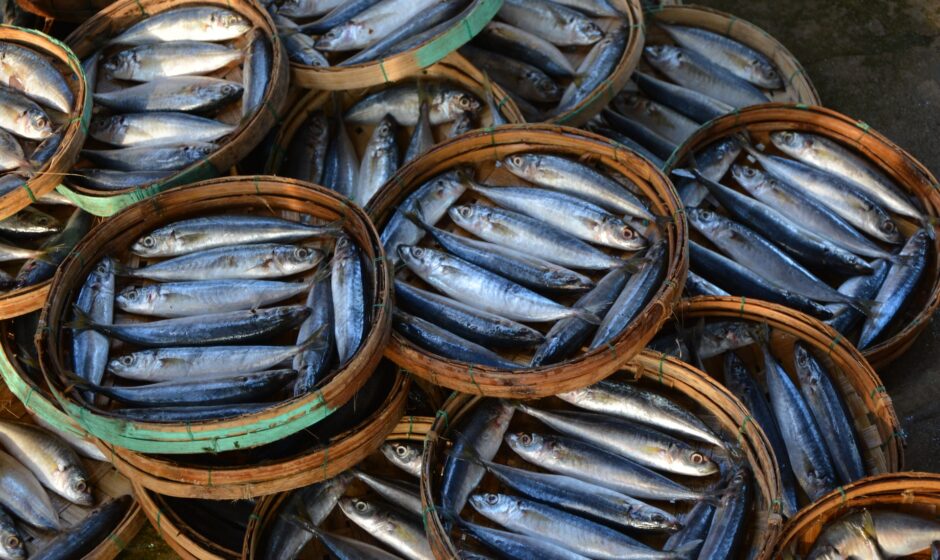In a noteworthy shift, the love for fish in India has surged, as revealed by the latest data from the National Council of Applied Economic Research. Fish consumption per household has nearly doubled over the past decade, reaching over 13 kilograms per capita per annum in 2022-23. While this falls short of the international estimate of 20.5 kg per capita (2019-20), there is a potential trajectory to reach 21.4 kg by 2031.
Despite this culinary trend, challenges loom over the welfare of freshwater fish. The Wildlife (Protection) Act of 1972 primarily safeguards marine species, leaving approximately 120 species of freshwater fish in India vulnerable and in urgent need of protection. The focus on marine sharks, rays, and a limited number of molluscs neglects the plight of indigenous fish species threatened by over-fishing, water body depletion, and riverine pollution.
Even as fish gains popularity, political, economic, and cultural currents influence dietary choices. A study by the Indian Council of Medical Research indicates that India’s per capita consumption of meat and eggs, crucial protein sources, remains below recommended levels and has been declining since 2014. This decline coincides with a political environment inclined towards promoting vegetarianism in a nation traditionally inclined towards meat and fish consumption.
While relatively inexpensive farmed fish, such as carp and tilapia, have become substitutes for pricier alternatives, a disparity in consumption persists, particularly affecting women from impoverished families. Gender imbalances in fish consumption heighten the risk of anaemia among women who often settle for fish fins and bones rather than fillets.
Addressing these challenges requires a nuanced approach. The West Bengal environment ministry has taken a commendable step by initiating a conservation program for small fish varieties like pnuti and folui. Emulating successful models, such as Bangladesh’s remarkable Hilsa comeback, could offer insights. The National Fisheries Policy of 2020, focusing on growth, must expand its scope to encompass ecological, economic, and cultural considerations for sustainable development.
In essence, fostering fishing practices that strike a delicate balance between sea catches and ecosystem health is crucial. The article calls for collaborative efforts at both the national and state levels in India, emphasizing the need to move beyond growth-oriented policies to ensure a harmonious coexistence of culinary traditions, economic interests, and environmental conservation.

